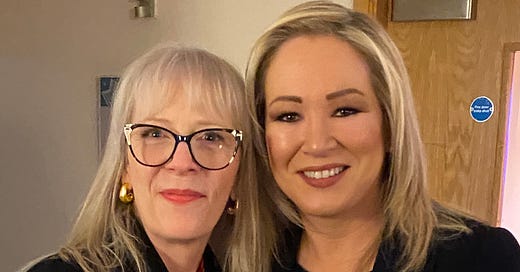So, you’ve determined your policy goals and are ready to make your case. But to turn those goals into reality, you need to build strong relationships with the people who can actually make a difference—policymakers. Networking in this context is about more than just shaking hands and exchanging business cards; it’s about cultivating meaningful connections that can support your mission over the long term.
Here’s how to approach this crucial aspect of policy influence with confidence and strategy.
1. Know Your Audience: Research Is Key
The first step in building any relationship is understanding who you’re trying to connect with. Policymakers have specific areas of interest and expertise, so it’s essential to do your homework. Find out what issues they are passionate about, which committees they serve on, and what legislation they’ve supported in the past. This information will help you tailor your approach and make your outreach more relevant.
Tip: Review their speeches, follow them on social media, and keep an eye on any recent news related to their work. Understanding their priorities will help you align your objectives with theirs.
2. Make the Initial Connection: Be Direct, but Thoughtful
When you’re ready to reach out, make your first contact count. Whether it’s via email, a LinkedIn message, or an introduction at an event, your goal is to establish a professional connection that resonates with them. Mention any common interests or shared goals, and be clear about why you’re reaching out.
Example:
Keep reading with a 7-day free trial
Subscribe to Policy360 Substack to keep reading this post and get 7 days of free access to the full post archives.





